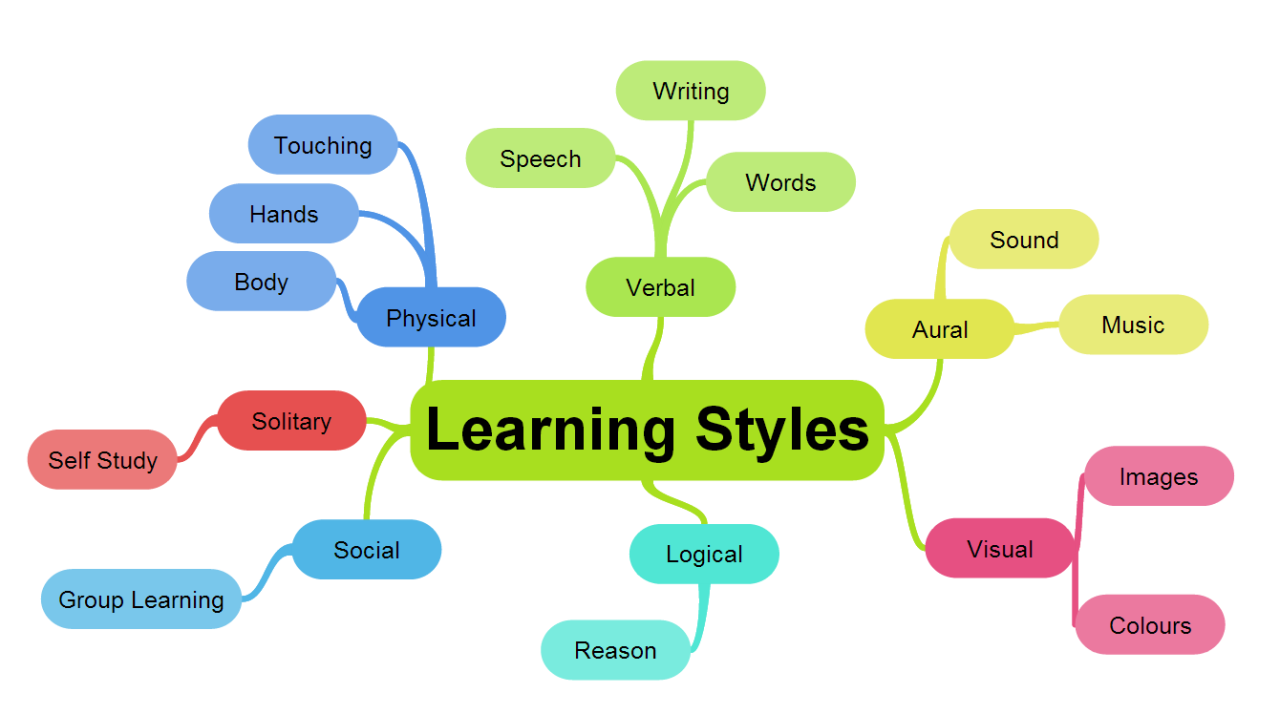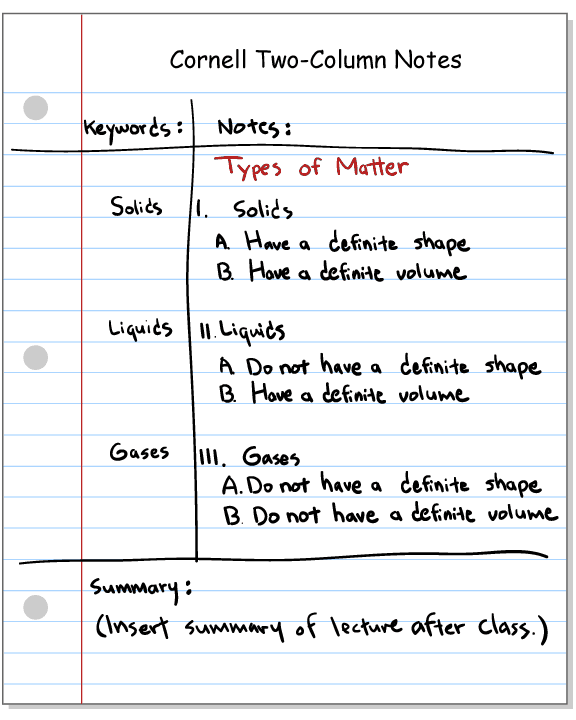Understanding Different Learning Styles: Which One Are You?
In the realm of education, understanding individual learning styles can significantly enhance the learning experience. Each person has unique preferences for how they absorb, process, and retain information. By identifying your learning style, you can tailor your study methods to improve your educational outcomes. This article delves into the various learning styles, their characteristics, and how you can leverage this knowledge to optimize your learning.
What Are Learning Styles?
Learning styles refer to the preferred ways in which individuals process information. The concept is grounded in the belief that tailoring educational experiences to a person’s preferred learning style can enhance their engagement and retention of knowledge. While various models exist, one of the most popular frameworks categorizes learning styles into four main types: visual, auditory, kinesthetic, and reading/writing.
The Major Learning Styles
2.1 Visual Learners
Characteristics:
- Prefer to see and visualize information.
- Benefit from diagrams, charts, and videos.
- Tend to remember faces and places better than names.
Study Tips:
- Use mind maps and visual aids to organize information.
- Highlight or color-code notes to differentiate key concepts.
- Watch videos related to the subject matter to reinforce learning.
2.2 Auditory Learners
Characteristics:
- Learn best through listening and verbal communication.
- Often excel in discussions and lectures.
- May remember information better when it’s read aloud or discussed.
Study Tips:
- Listen to recorded lectures or podcasts related to your studies.
- Participate in group discussions or study groups.
- Use mnemonic devices and rhymes to aid memory retention.
2.3 Kinesthetic Learners
Characteristics:
- Prefer hands-on experiences and learning by doing.
- Often find it challenging to sit still for long periods.
- Benefit from movement and physical engagement.
Study Tips:
- Incorporate physical activities or experiments into your study routine.
- Use models or simulations to understand complex concepts.
- Take frequent breaks to move around and stay engaged.
2.4 Reading/Writing Learners
Characteristics:
- Prefer to learn through written words and texts.
- Often excel in reading and writing tasks.
- Benefit from extensive note-taking and reading assignments.
Study Tips:
- Read extensively on the subject and take detailed notes.
- Write summaries of what you learn to reinforce comprehension.
- Use textbooks and articles as primary study materials.
The Importance of Identifying Your Learning Style
Recognizing your learning style is crucial for several reasons:
- Enhanced Engagement: Tailoring your study methods to your learning style can make learning more enjoyable and engaging.
- Improved Retention: Understanding how you learn best can enhance your ability to retain information.
- Personalized Learning Experience: Identifying your learning style allows you to create a customized study plan that aligns with your preferences, increasing your overall effectiveness.
How to Identify Your Learning Style
There are several ways to determine your learning style:
- Self-Assessment Quizzes: Numerous online quizzes can help you identify your preferred learning style based on your responses to various scenarios.
- Reflect on Past Experiences: Consider which study methods have been most effective for you in the past. What techniques helped you succeed?
- Observe Your Behavior: Pay attention to how you approach learning tasks. Do you prefer visual aids, discussions, hands-on activities, or reading?
Adapting Your Study Methods
Once you identify your learning style, consider the following strategies to enhance your study methods:
- Create a Study Environment: Design a study space that accommodates your learning style. For example, visual learners may benefit from colorful charts, while auditory learners might prefer a quiet area for listening to lectures.
- Experiment with Different Techniques: Don’t hesitate to blend various strategies. For example, kinesthetic learners can enhance their experience by incorporating visual aids or auditory resources.
- Collaborate with Others: Join study groups where you can share and learn from peers with different learning styles. This can provide a more comprehensive understanding of the material.
- Seek Feedback: Regularly evaluate your study methods and adapt them based on what works best. Don’t be afraid to try new approaches.
Conclusion
Understanding different learning styles is key to unlocking your full academic potential. By identifying your preferred style—whether visual, auditory, kinesthetic, or reading/writing—you can tailor your study methods to enhance engagement and retention. Remember, everyone has a unique learning style, and the most effective approach may involve a combination of techniques. Embrace your individual preferences, experiment with various strategies, and enjoy the journey of learning!






